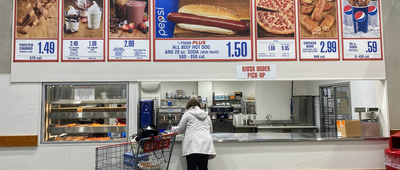THE CHEAPEST WAY TO GARDEN
Spring has arrived and gardeners are itching to get their hands dirty. However, it's too early to start planting in colder parts of the country, since seeds and young plants shouldn't go into the ground until after the last frost. But frugal gardeners can get a jump on the weather. Growing flowers, vegetables, and herbs from seed indoors is cheap, fast, and gets you started right away. When the weather finally warms up and the threat of frost has passed, the plants can be transferred into the ground.



















